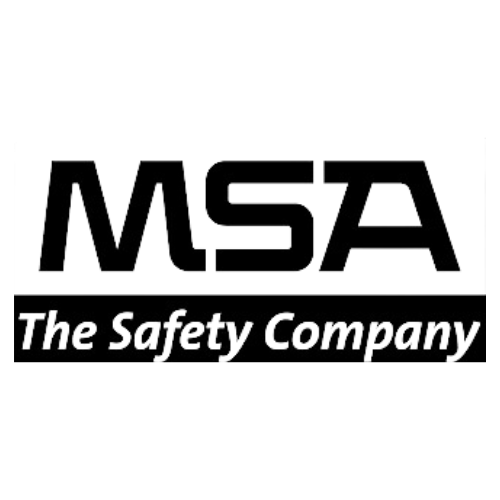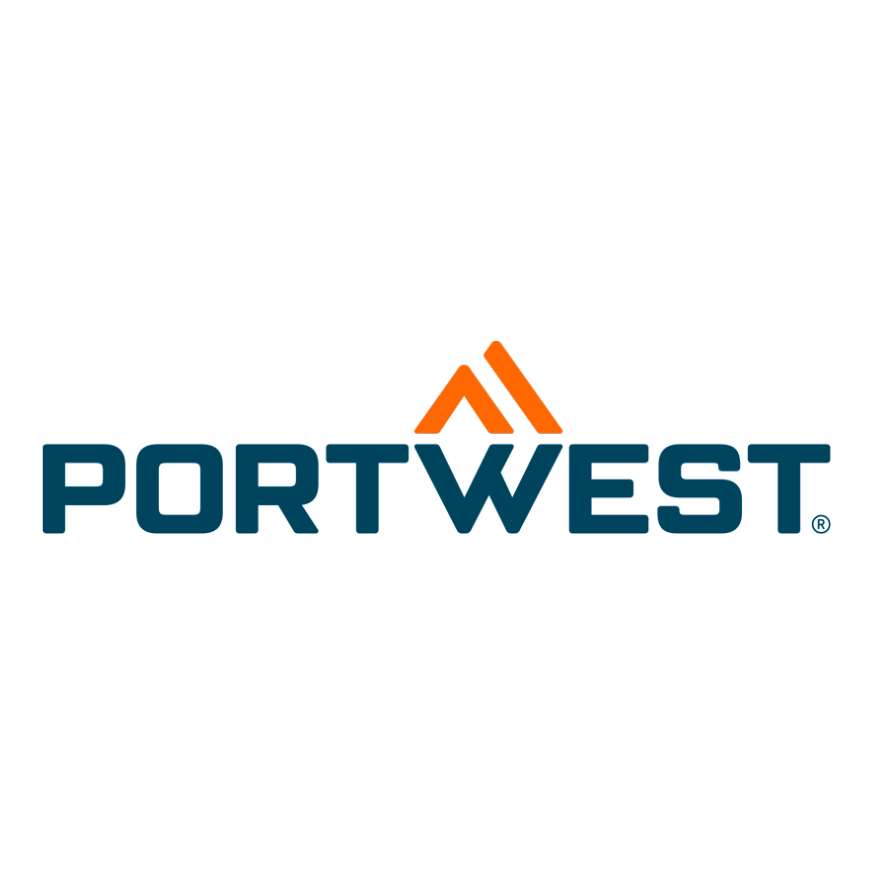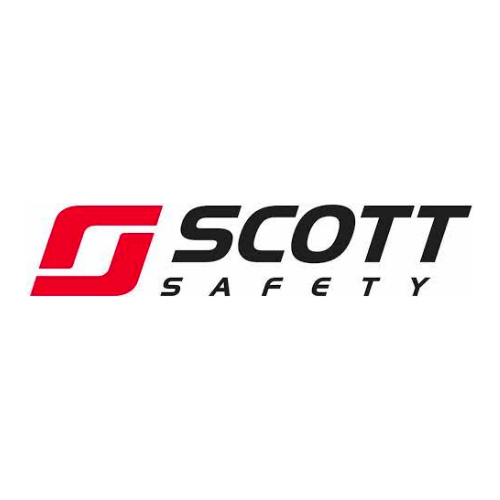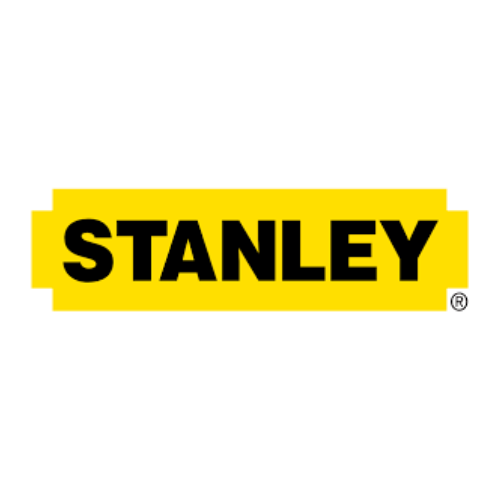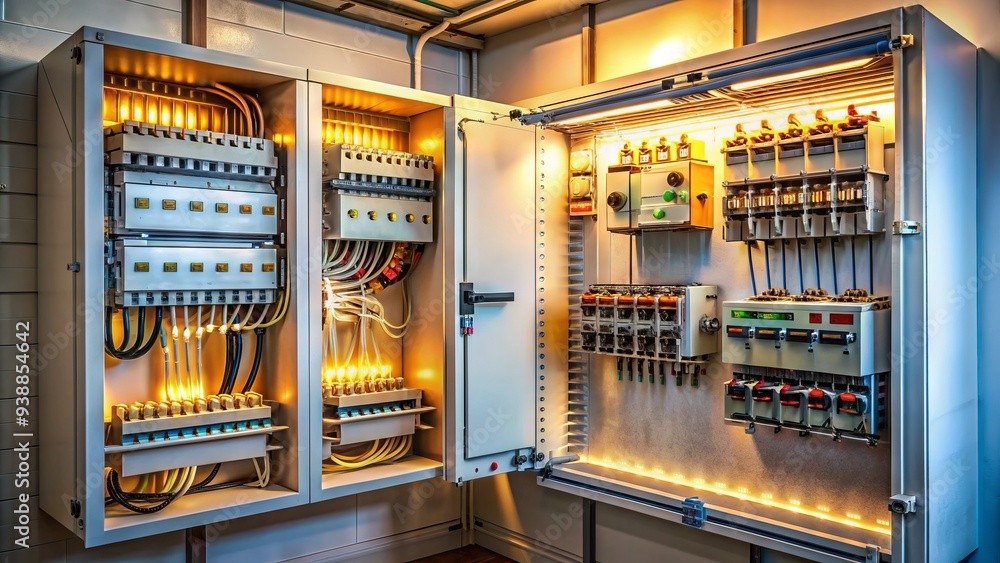

Atex Tools, Equipment & Accessories
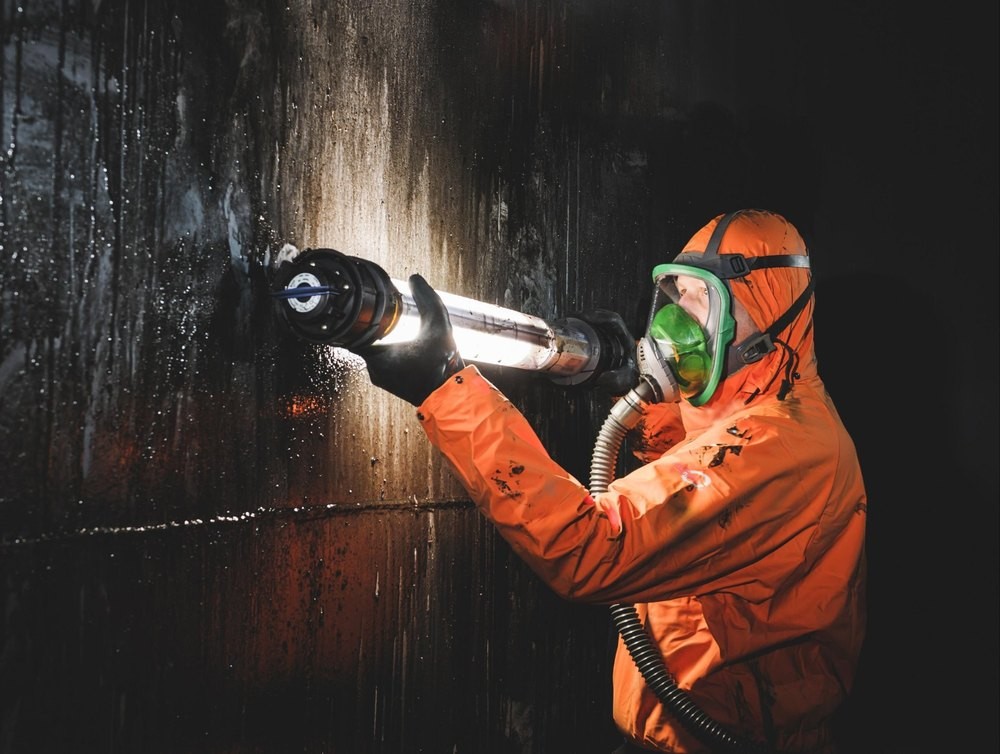
Zikhara Solutions: Expertise in ATEX Equipment
Having worked extensively with the Oil & Gas and Mining industries, Zikhara Solutions brings 15 years of experience in sourcing and supplying high-quality explosion-proof tools, equipment, and electrical products. As a prominent stockist of ATEX products in the region, Zikhara Solutions is well-positioned to meet the specific safety needs of these industries.
With rapid logistics and strong partnerships with leading brands, Zikhara Solutions is recognized as a leader in providing ATEX equipment in East and Central Africa. Their commitment to quality and safety ensures that customers have access to the best solutions for hazardous environments, helping to prevent potential ignition sources and maintain a safe working atmosphere.
ATEX (ATmosphères EXplosibles) regulations are essential for ensuring safety in environments where explosive atmospheres may be present. Here’s a concise overview of the key aspects related to electrical safety and hazard classification:
Understanding ATEX and Hazardous Areas
Explosive Atmospheres: These occur when flammable gases, vapors, or combustible dust are mixed with air, creating a potential risk of explosion.
Electrical Safety Considerations
- Sparking and Heat Generation: Electrical equipment can generate sparks or heat, which can ignite explosive atmospheres. This includes:
- Light fittings
- Switches
- Motors
- Non-sparking tools, torches, and headlamps
- Any electrical apparatus
- Static Electricity: Static buildup on individuals or materials can discharge and ignite flammable substances. Precautions must be taken to minimize this risk, including:
- Using anti-static clothing and shoes
- Implementing grounding techniques
Zone Classification for Gases
Hazardous areas are categorized based on the likelihood and duration of a flammable atmosphere:
- Zone 0:
- Flammable atmosphere is present continuously or for long periods.
- Requires equipment with the highest protection levels.
- Zone 1:
- Flammable atmosphere is likely to occur under normal operating conditions.
- Equipment must be designed to withstand occasional exposure.
- Zone 2:
- Flammable atmosphere is not likely to occur during normal operations but can exist for short periods.
- Equipment can be less robust but must still meet safety standards.
Zone Classification for Dusts
Similar to gas classification, hazardous areas involving combustible dust are also categorized:
- Zone 20:
- Dust cloud is present continuously or for long periods.
- Zone 21:
- Dust cloud is likely to occur during normal operations.
- Zone 22:
- Dust cloud is not likely to occur during normal operations but can exist for short periods.
BRANDS WE SUPPLY
